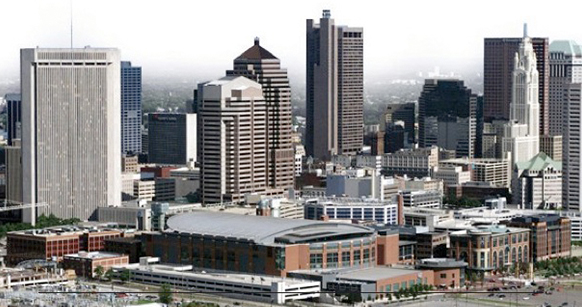
Entertaining Entertainment Districts
January 30th, 2007
David F. Stein, URBANLAND
A number of U.S. cities are banking on new sports facilities to create vibrant entertainment districts with a mix of residential and commercial uses.
Communities once assumed that if they built sports facilities, developers would create commercial spin-offs and a critical mass of mixed uses around them. But this line of reasoning can fall short of expectations.
There are many reasons why this desired chain of events does not occur, including times and patterns of use, access, investment climate and financing, and the economic and social life cycles of individual cities and settings. However, the overriding reality is that major league–level sports facilities occupy large chunks of land, yet are dark and inactive much of the time.
In contrast, the restaurants, bars, and other retail services that make up a true entertainment district require a steady, year-round clientele to prosper. Sports facilities can serve as a catalyst for developing an entertainment district, but the creation of a true neighborhood with a complementary mix of uses is far more important to its long-term success.
Large-scale, mixed-use urban developments are extremely complex and expensive and can take years to complete, making it imperative for developers and communities to work together, commit to a plan and process, and be willing to build and maintain an ongoing public/private partnership.
Not every community is sold on helping pay for stadium development as a means to improve downtown economic health. For example, this past November, by a three to-one margin, Seattle voters passed Initiative 91, which restricts public subsidies for professional sports teams.
The Seattle Supersonics’ (NBA) new owner had vowed to move to another city, or at least to the suburbs, if the city didn’t help with a new Seattle home for the team. In response, public activists were able to place the initiative on the ballot—and prevail with voters. It is conceivable that other municipalities will follow suit, reinforcing the responsibility that team owners and developers have in proving that any proposed stadium or arena is a good civic investment

